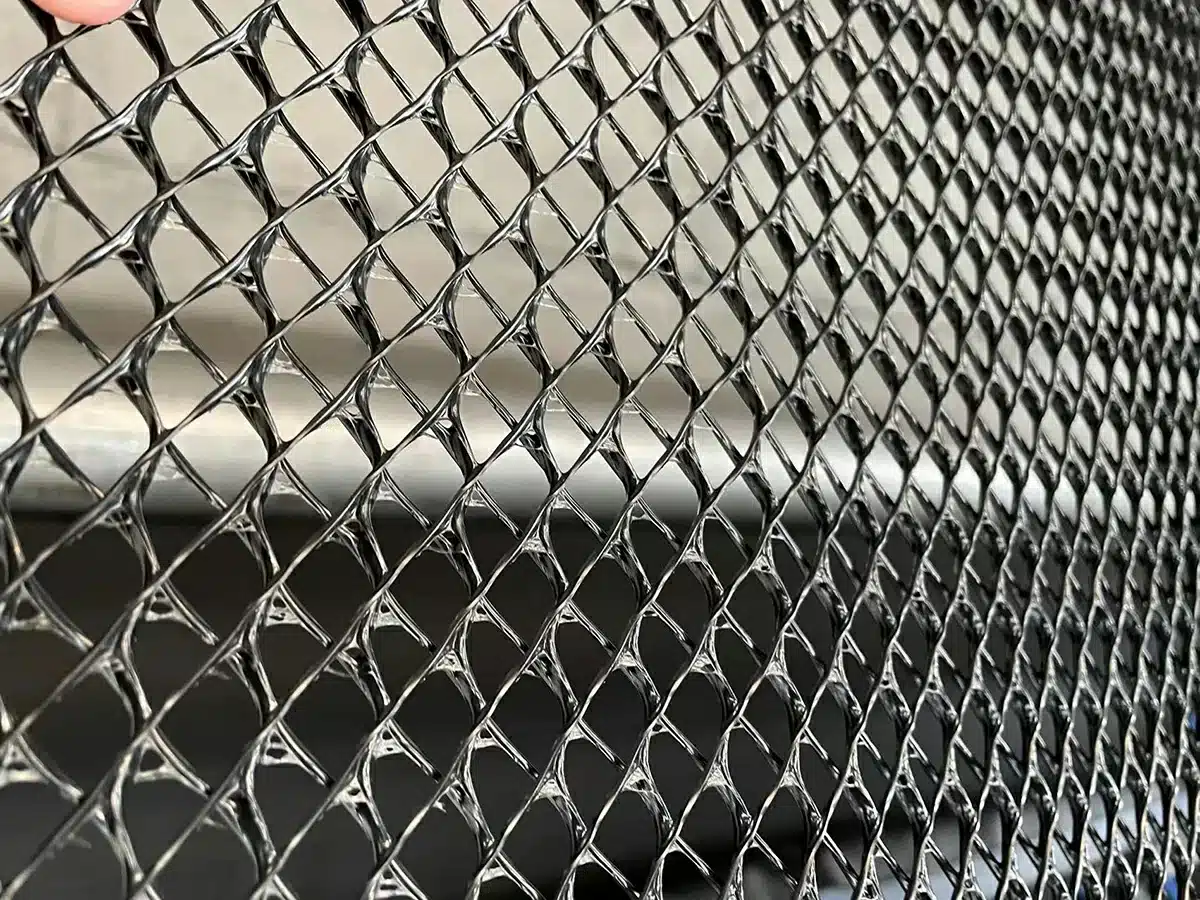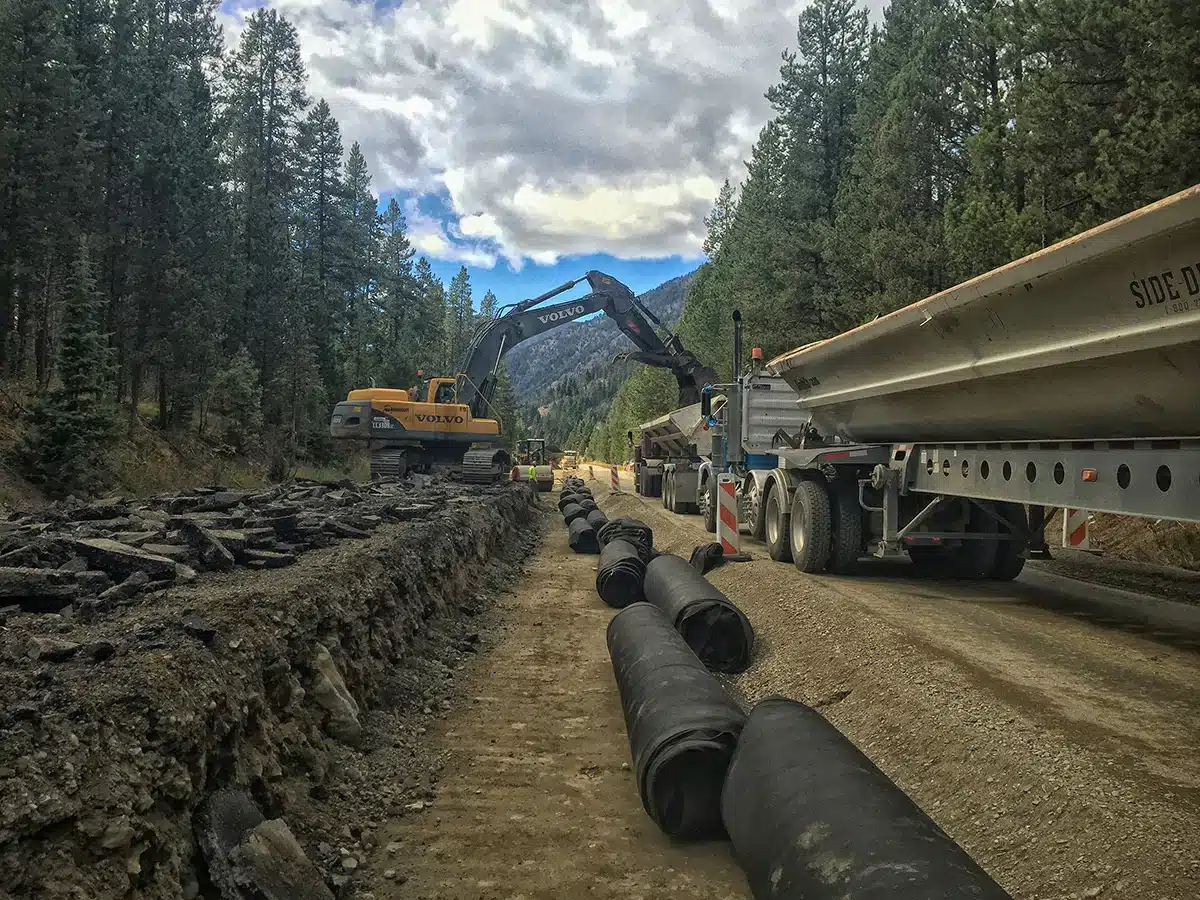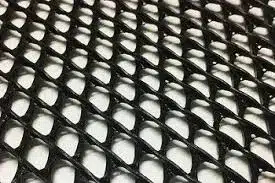+86-159 9860 6917
info@geofantex.com
geofantex@gmail.com
+86-400-8266163-44899
GeoNet water flow is a pioneering concept that leverages geosynthetic materials to enhance water distribution and management systems. This technology is instrumental in various applications, including agriculture, civil engineering, and environmental conservation. This article explores the functionality, benefits, and potential of GeoNet water flow systems, answering some common questions about this innovative technology.

What is GeoNet Water Flow?
GeoNet Water Flow is a hydrological monitoring system designed to collect, analyze, and disseminate water flow data. Here’s a structured overview:
Purpose
- Monitoring Water Flow: GeoNet Water Flow aims to provide accurate and real-time data on water flow in rivers, streams, and other water bodies.
- Flood Prediction: It helps in predicting floods by monitoring changes in water levels and flow rates.
- Water Resource Management: The system assists in the efficient management of water resources for various uses such as irrigation, drinking water supply, and industrial use.
Functionality
- Data Collection: GeoNet uses a network of sensors and gauging stations placed at strategic locations to measure water flow and levels.
- Real-time Data: The collected data is transmitted in real-time to a central database.
- Data Analysis: Advanced algorithms and models analyze the data to detect trends, predict future water flow, and identify potential issues.
- Reporting and Alerts: The system generates reports and alerts for authorities and the public to take timely actions.
Significance in Hydrology
- Research and Analysis: Provides essential data for hydrological research, helping scientists understand water cycles and their impacts.
- Disaster Management: Enhances preparedness and response to water-related disasters like floods and droughts.
- Environmental Protection: Aids in the protection and conservation of aquatic ecosystems by monitoring water quality and flow patterns.
How does GeoNet Water Flow contribute to agricultural efficiency?
The GeoNet Water Flow system contributes to agricultural efficiency in several specific ways:
Optimized Irrigation:
- Precision Water Distribution: GeoNet provides accurate data on water availability and soil moisture, allowing farmers to apply the right amount of water where and when it is needed most.
- Reduced Water Wastage: By avoiding over-irrigation, water resources are conserved, leading to lower water usage and costs.
Enhanced Crop Monitoring:
- Real-Time Data Analysis: Continuous monitoring of water flow and soil conditions helps in making timely decisions to ensure optimal growing conditions.
- Improved Crop Health: Early detection of water stress and other related issues can prevent crop diseases and promote healthy growth.
Resource Management:
- Efficient Use of Inputs: By aligning water usage with crop needs, the system helps in the efficient use of fertilizers and pesticides, reducing environmental impact.
- Cost Savings: Effective water management reduces operational costs related to water, labor, and other agricultural inputs.
Environmental Sustainability:
- Reduced Runoff and Erosion: Proper irrigation techniques minimize water runoff and soil erosion, preserving soil health and fertility.
- Conservation of Natural Resources: Sustainable water management practices contribute to the long-term health of water sources and ecosystems.
Data-Driven Decision Making:
- Comprehensive Reporting: GeoNet Water Flow provides detailed reports and analytics, helping farmers plan and adjust their strategies based on historical and current data.
- Predictive Analytics: Forecasting tools assist in preparing for future water needs and potential drought conditions.

What are the environmental benefits of using GeoNet Water Flow?
GeoNet Water Flow, a type of geotextile, offers several environmental benefits:
- Erosion Control: By stabilizing soil, it prevents erosion and loss of topsoil, which is crucial for maintaining healthy ecosystems.
- Water Management: It facilitates efficient water drainage, reducing surface runoff and preventing waterlogging. This helps maintain soil structure and prevents erosion.
- Pollution Prevention: It acts as a filter, trapping pollutants and sediments, thus preventing them from entering water bodies and protecting aquatic ecosystems.
- Soil Stabilization: It enhances the stability of soil in construction areas, reducing the need for chemical stabilization methods that can harm the environment.
- Vegetation Support: By preventing soil erosion and promoting drainage, it creates a more stable environment for vegetation growth, contributing to ecosystem restoration and green spaces.
- Longevity and Durability: Its durability reduces the need for frequent replacements, minimizing waste and conserving resources.
- Reduction of Carbon Footprint: Its use in infrastructure projects can reduce the overall carbon footprint by promoting more sustainable construction practices.
Are there any limitations to the use of GeoNet Water Flow?
GeoNet Water Flow is a type of geosynthetic product used for drainage applications. While it has many benefits, such as efficient water flow and high compressive strength, there are certain limitations and considerations to keep in mind:
- Clogging: Over time, GeoNet can become clogged with soil particles, organic matter, or other debris, reducing its effectiveness in water flow. Proper filtration layers are essential to mitigate this issue.
- Installation Challenges: Correct installation is crucial for GeoNet to function effectively. Improper installation can lead to reduced performance and potential failure of the drainage system.
- Chemical Resistance: While GeoNet materials are generally resistant to many chemicals, prolonged exposure to certain aggressive chemicals can degrade the material, compromising its structural integrity and performance.
- Load Bearing: While GeoNet is designed to handle high compressive loads, excessive loads beyond its design capacity can deform or damage the material, leading to reduced drainage efficiency.
- Temperature Sensitivity: Extreme temperatures can affect the performance of GeoNet. In very cold climates, the material can become brittle, while high temperatures can cause it to soften or deform.
- Compatibility with Surrounding Soil: The effectiveness of GeoNet can be influenced by the type of soil it is used with. Fine-grained soils, for example, can be more prone to clogging the drainage structure compared to coarse-grained soils.
- Environmental Impact: The use of synthetic materials in GeoNet can raise environmental concerns, particularly related to plastic pollution and the potential release of microplastics over time.
- Cost: While GeoNet is effective, it can be more expensive compared to traditional drainage methods. The cost-benefit analysis should be considered in the context of the specific project requirements.
Understanding these limitations can help in selecting the appropriate type and design of GeoNet for specific applications, ensuring long-term performance and reliability.
GeoNet water flow technology represents a significant advancement in the way water is managed and utilized in various sectors. From improving agricultural productivity to enhancing environmental sustainability, the benefits of using GeoNet systems are vast. Although there are some challenges associated with their use, the advantages far outweigh the limitations. As water management becomes increasingly critical in the face of global challenges, GeoNet water flow systems offer a promising solution for the future.



Get Free Sample
We’ll respond as soon as possible(within 12 hours)





















